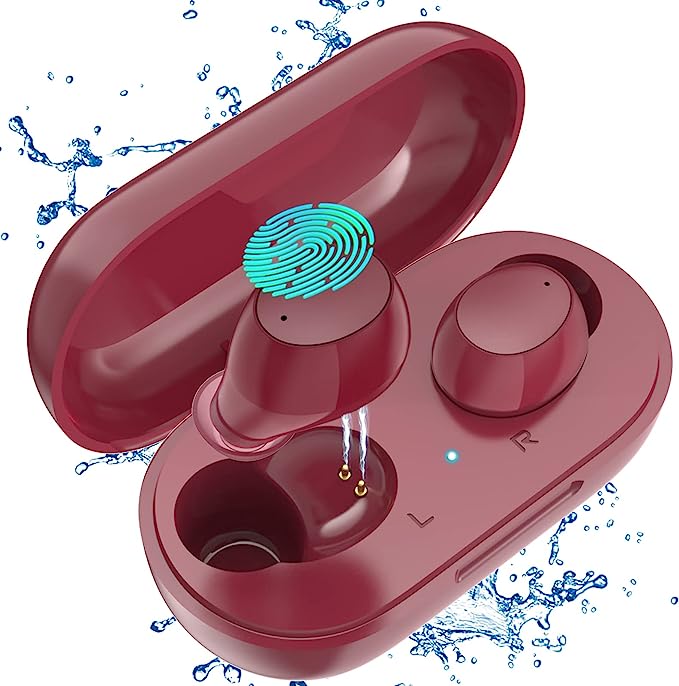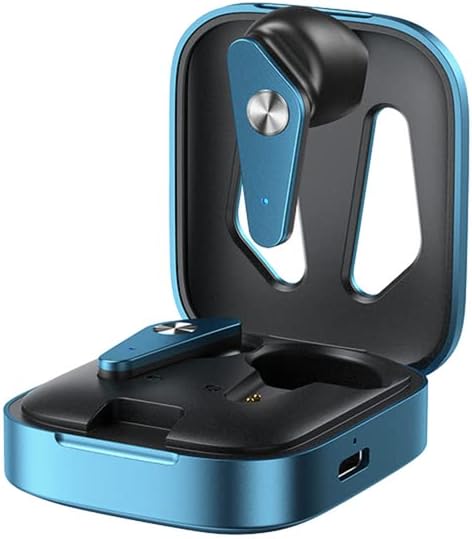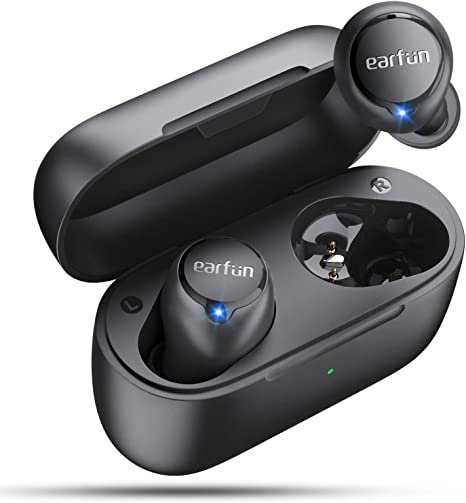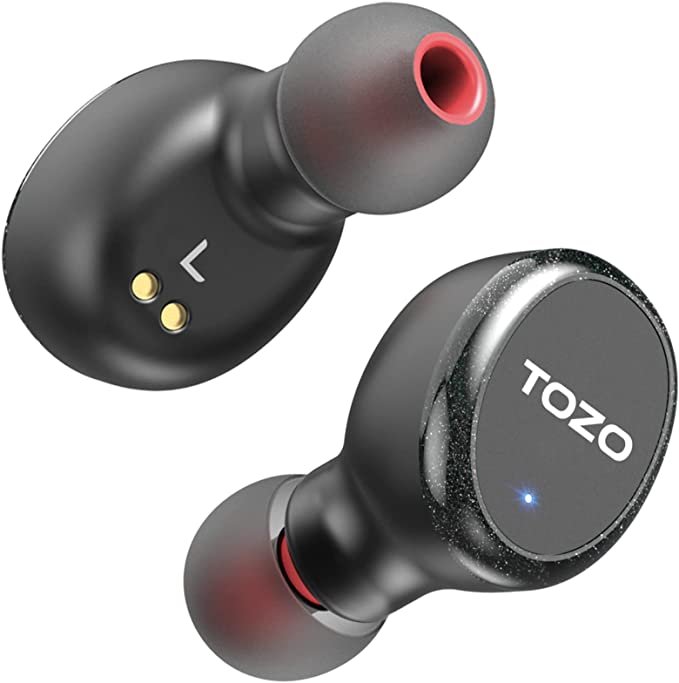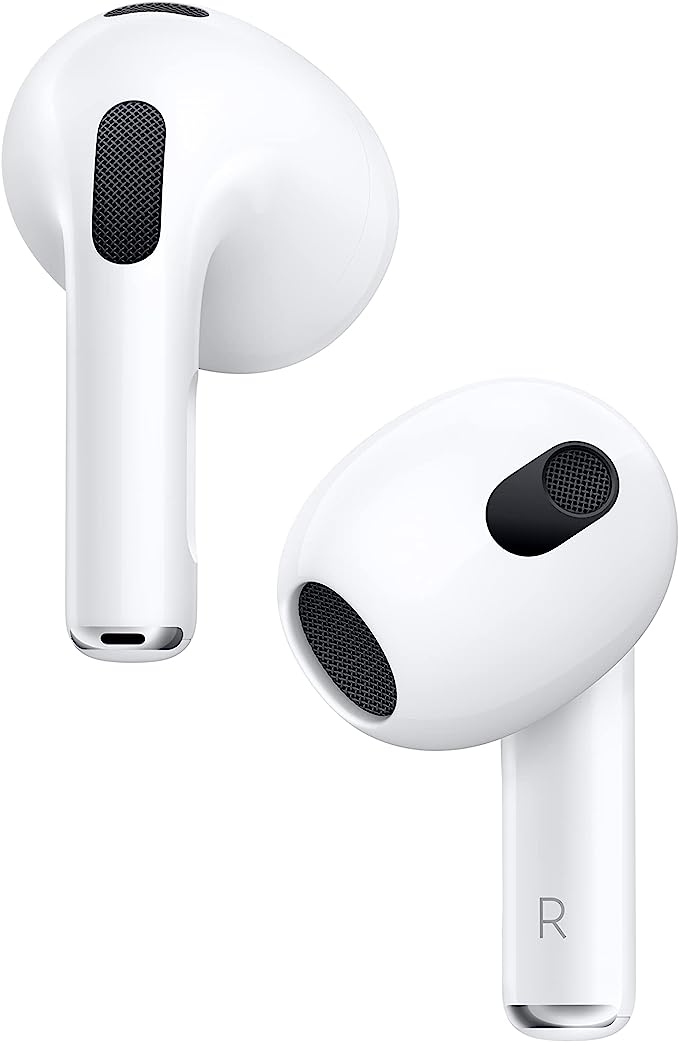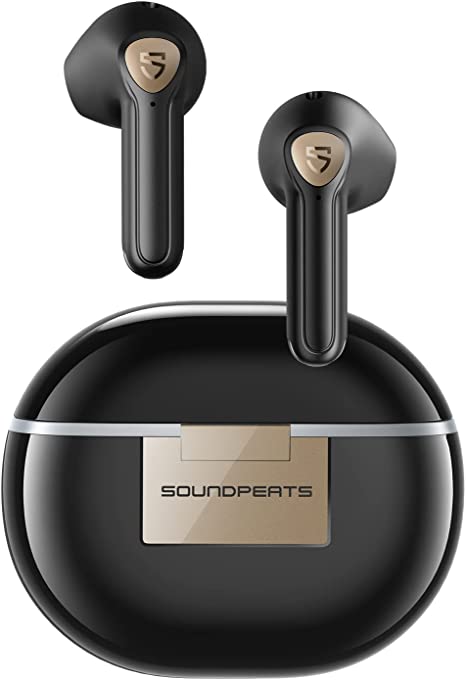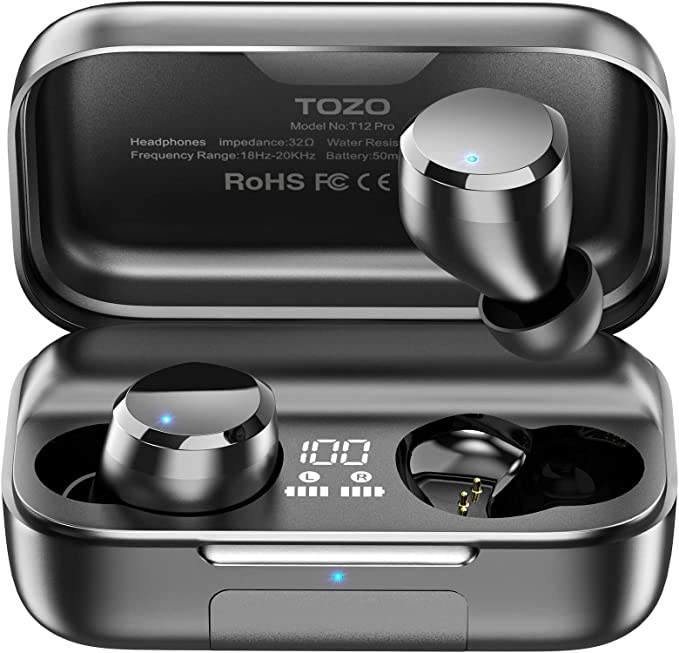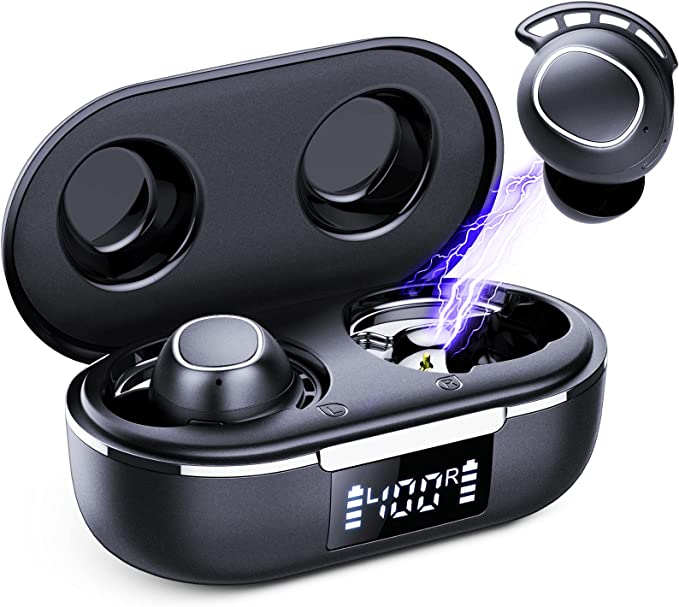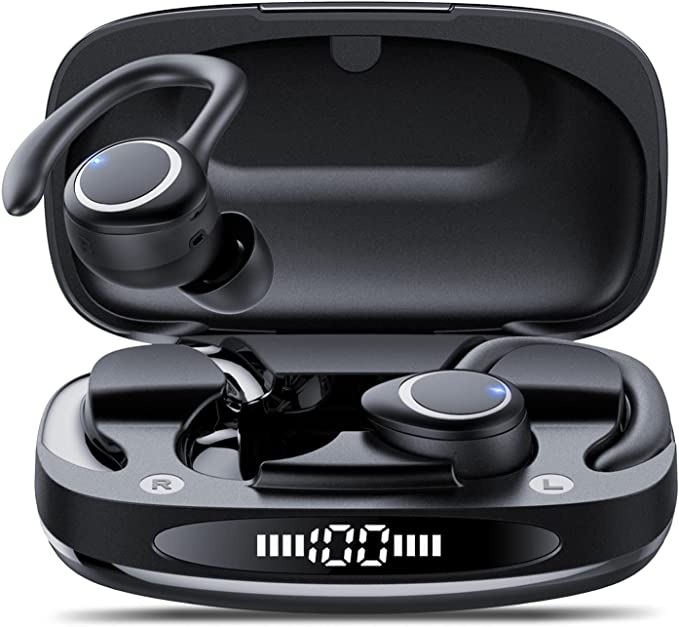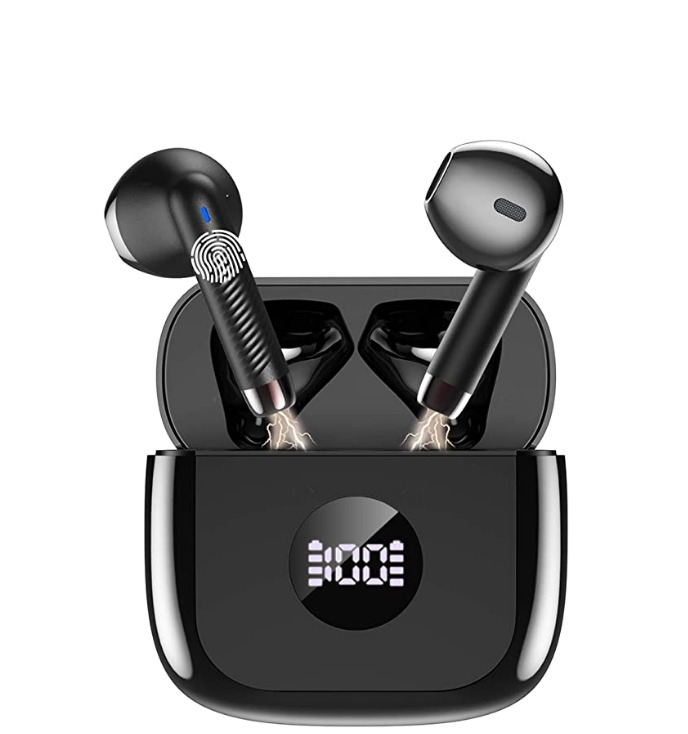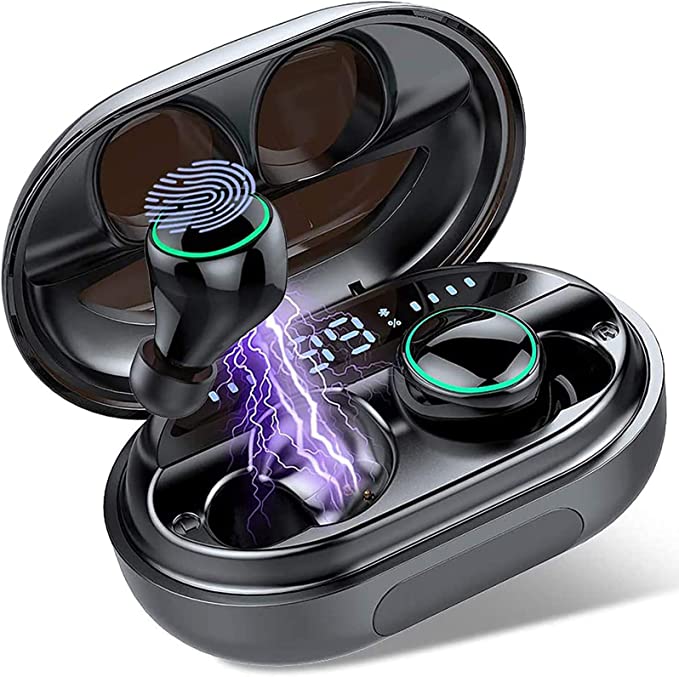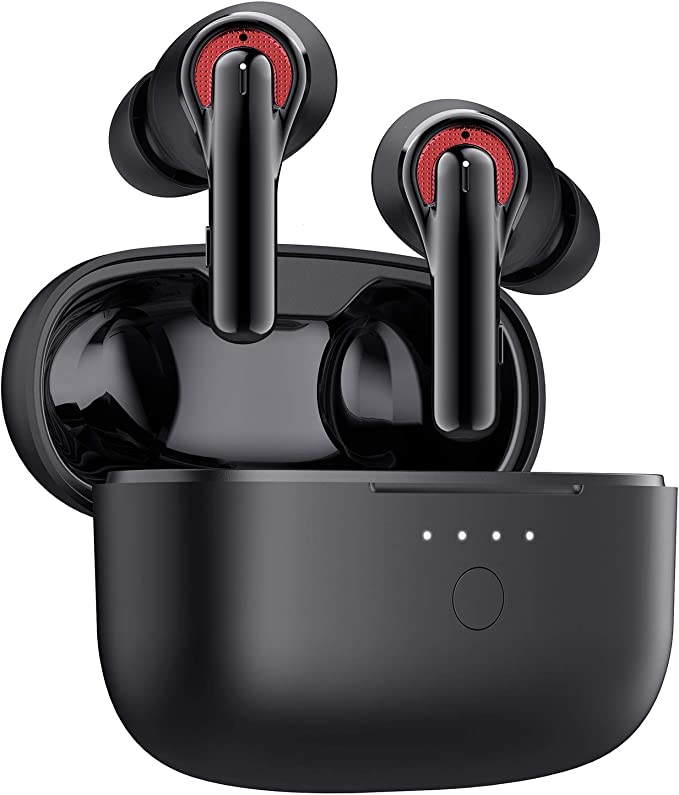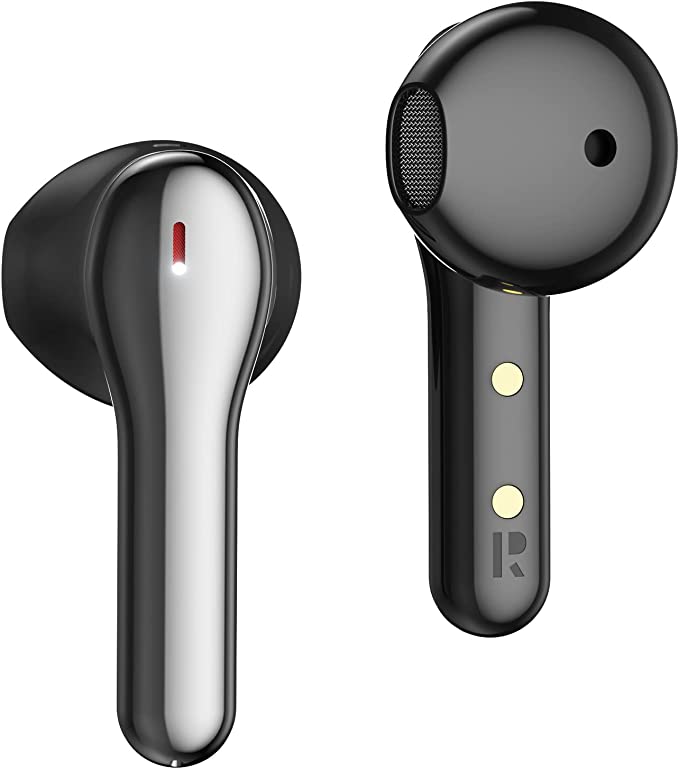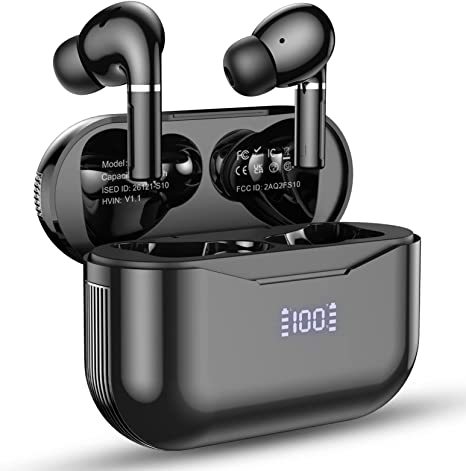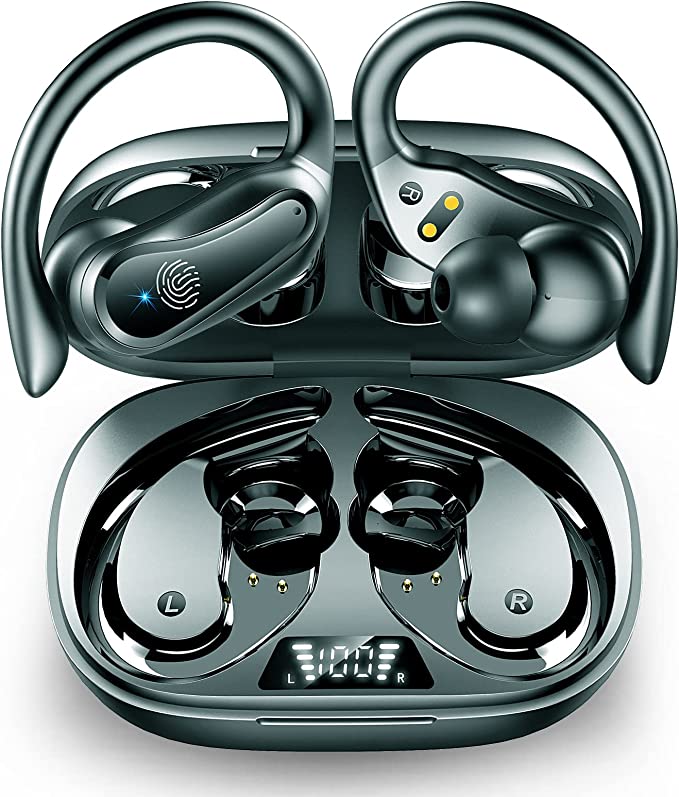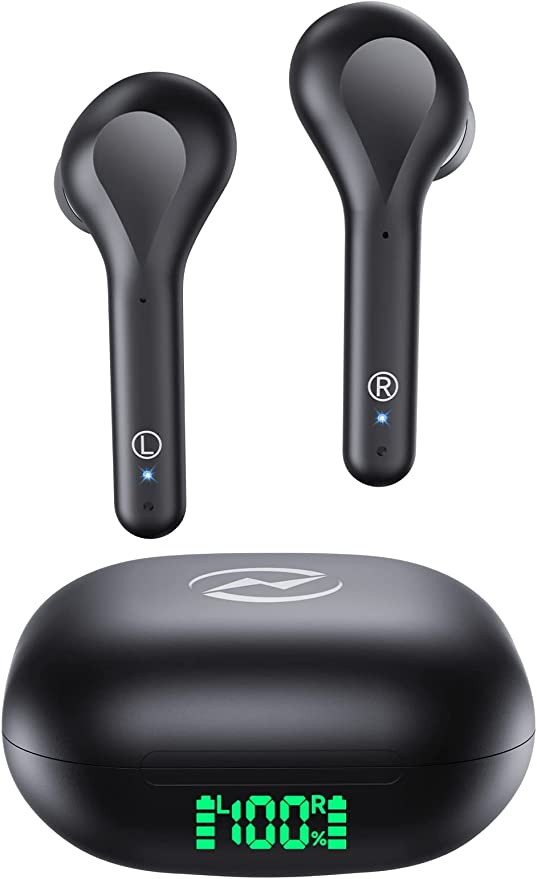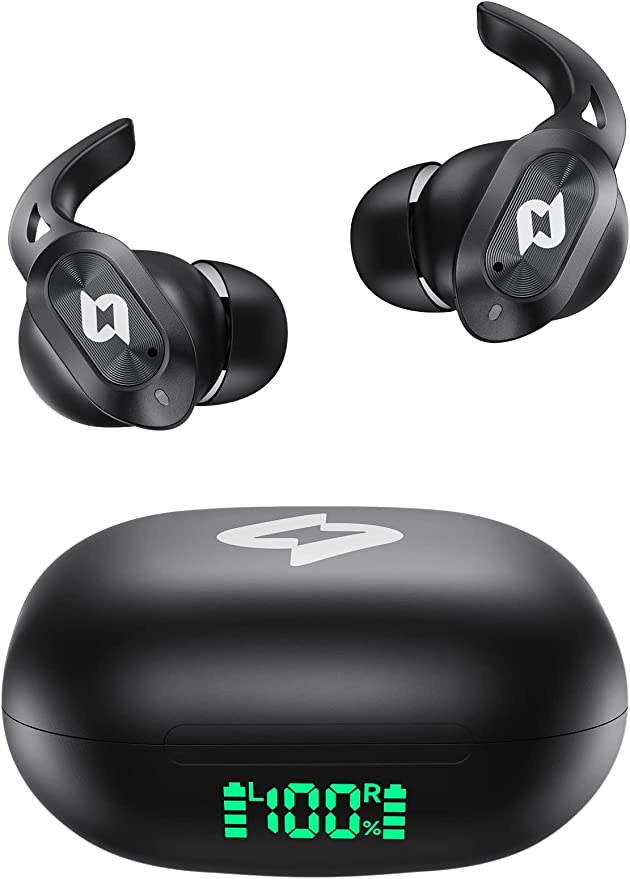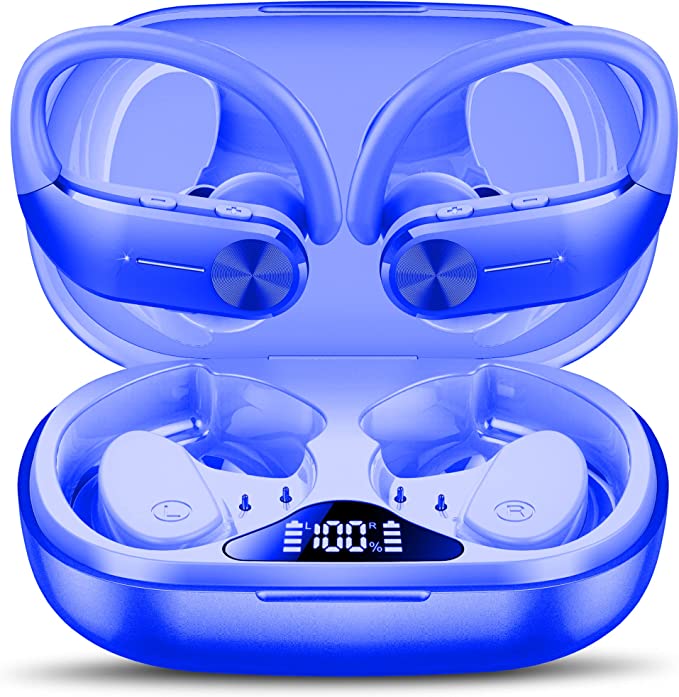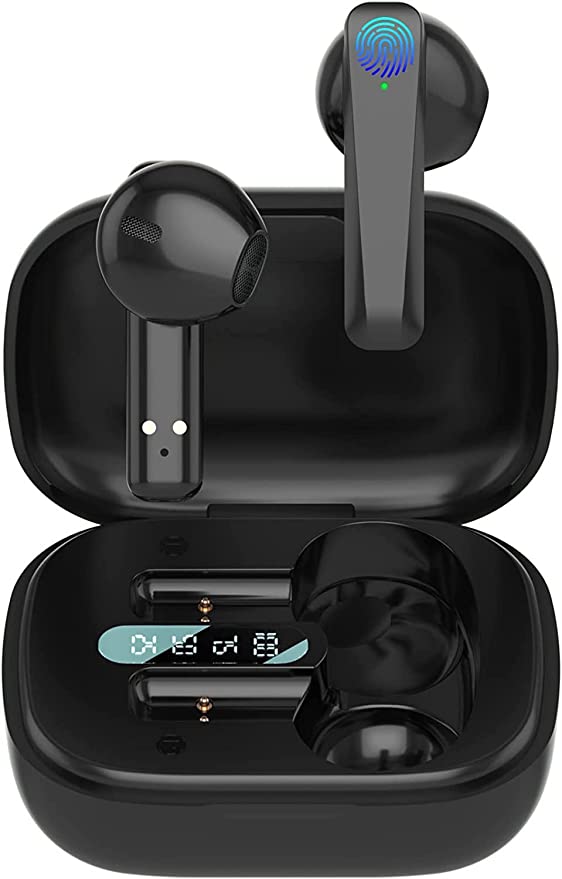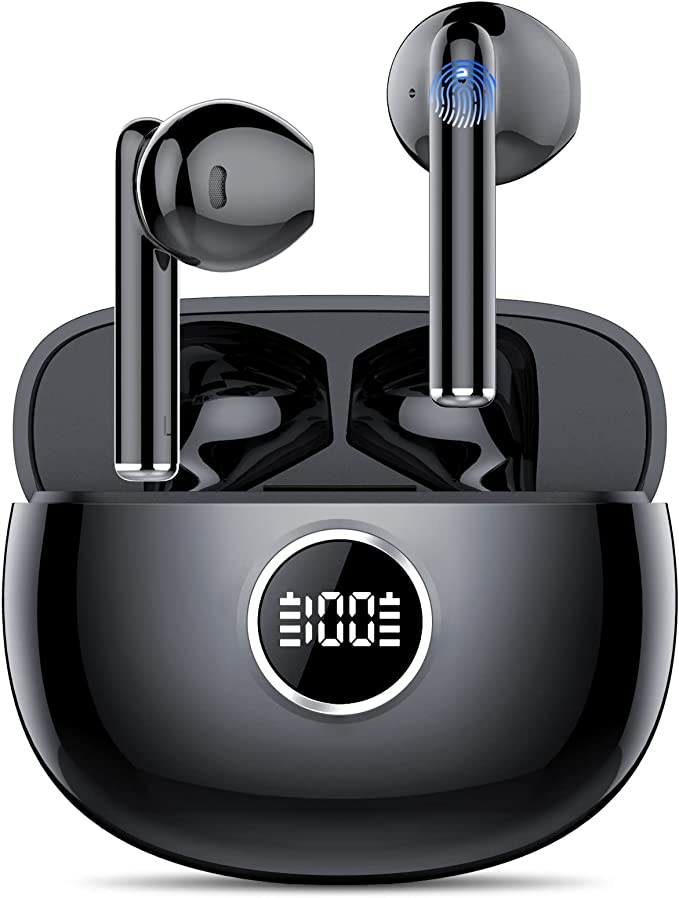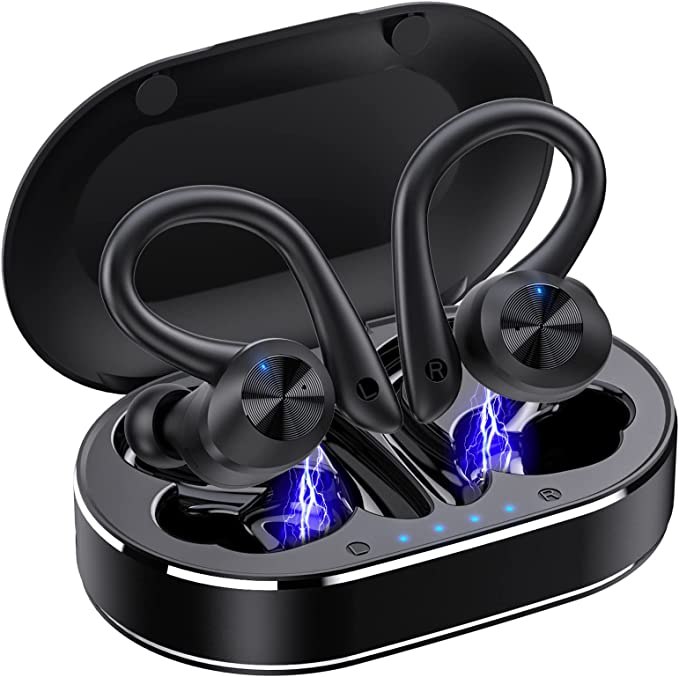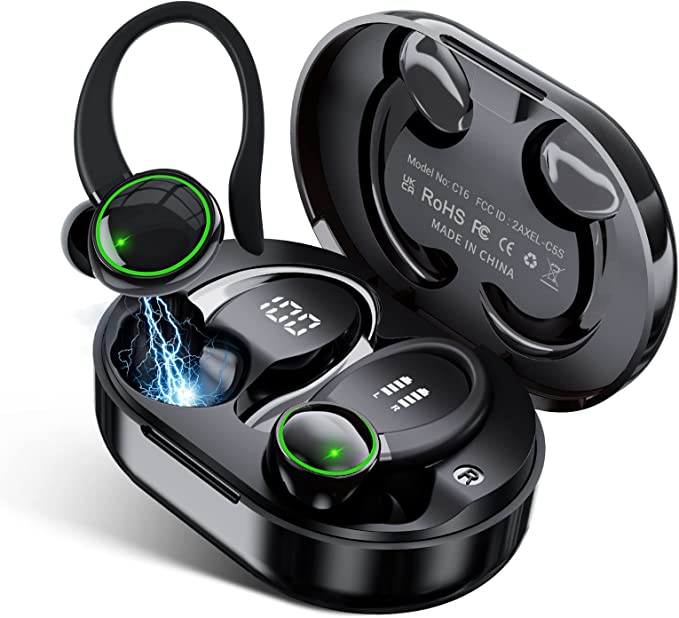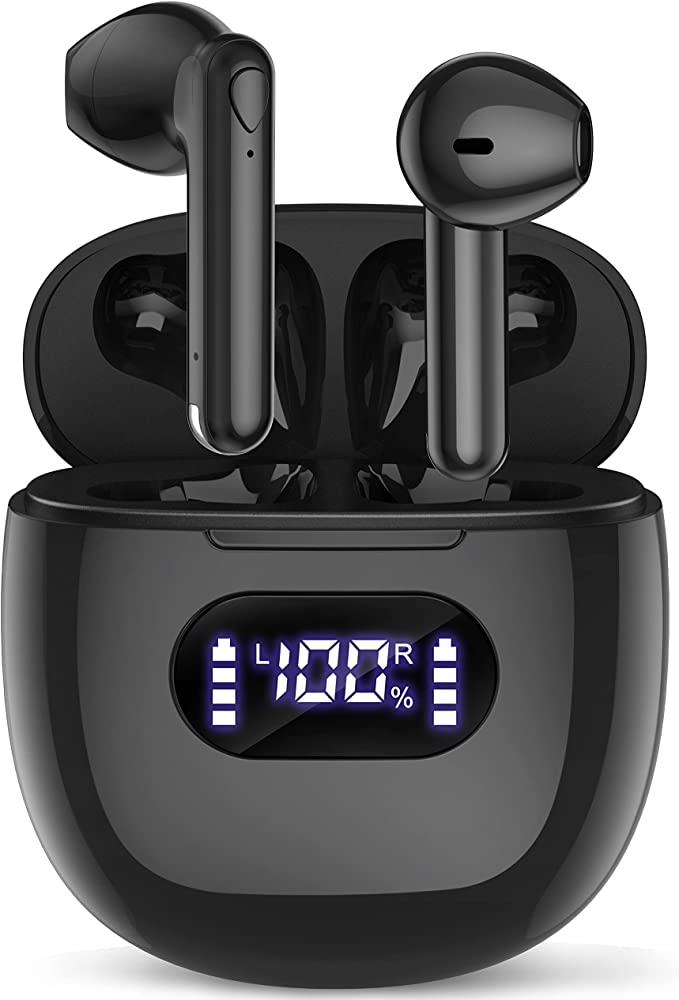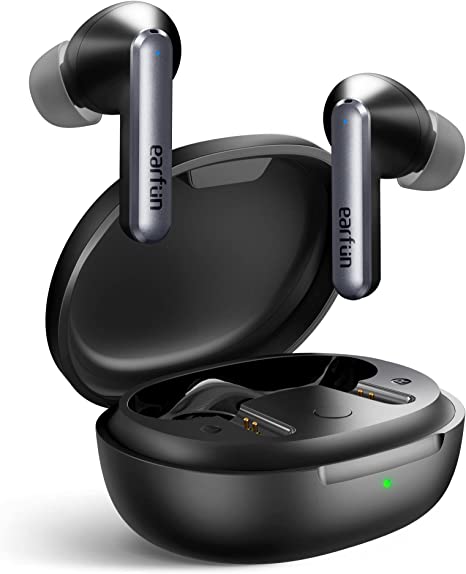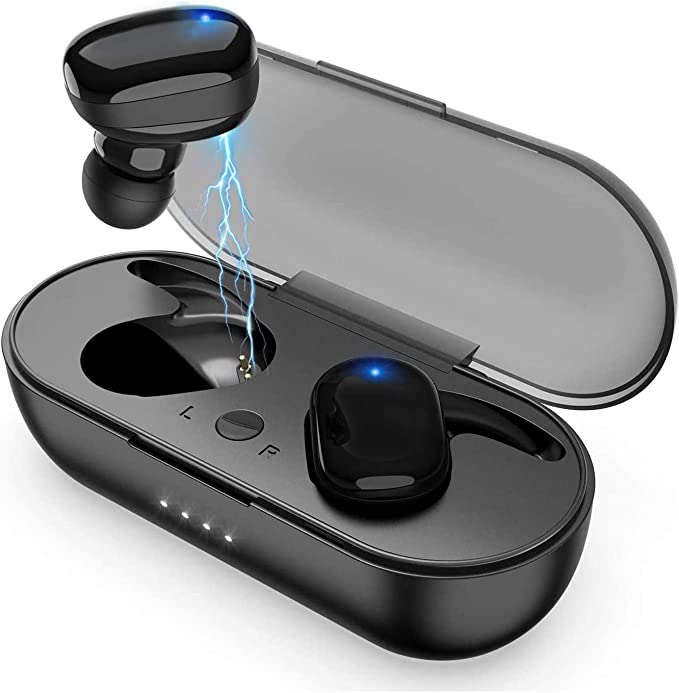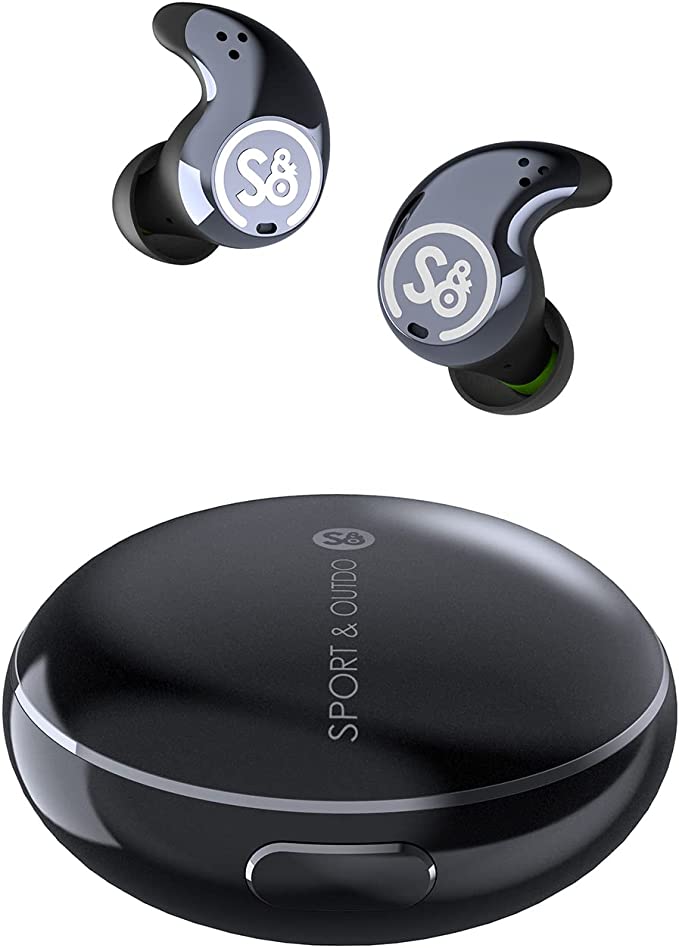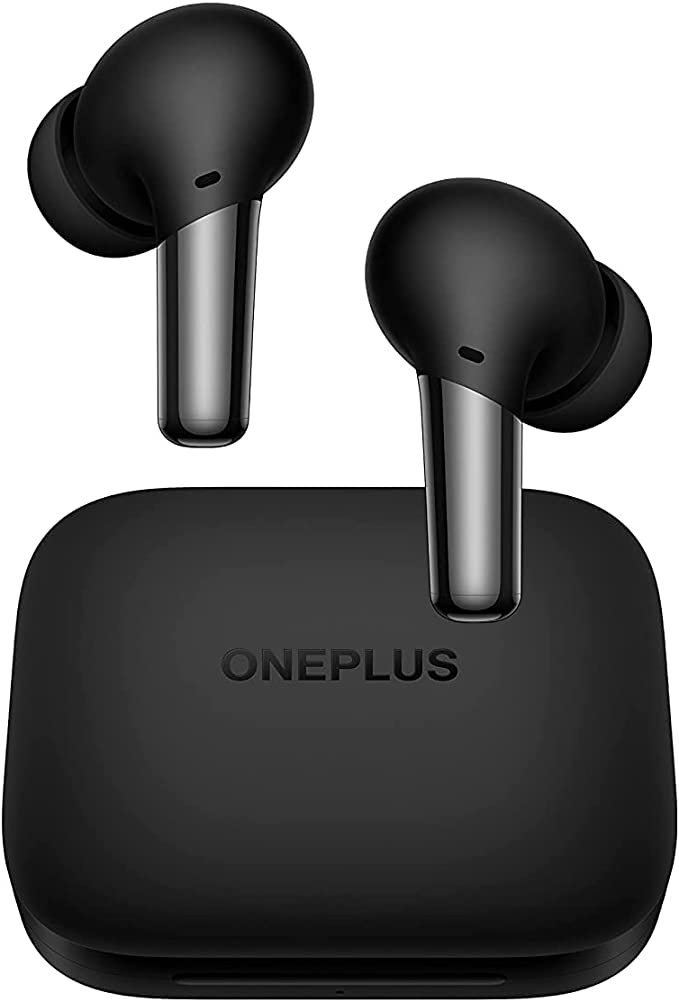The $30 Earbud Truth: A Guide to the 4 Hidden Compromises of TWS
Update on Nov. 14, 2025, 7:52 a.m.
In the sprawling market of personal audio, the “True Wireless Stereo” (TWS) earbud reigns supreme. But this category is also home to a perplexing paradox: how can one pair of earbuds cost $250, while another, like the QHQO H1, costs $30, or even, as one user found, a mere $9?
Both products promise “Hi-Fi Sound,” “Noise Cancelling,” and “All-Day Battery.” This leaves consumers asking a critical question: is the $250 pair a rip-off, or is the $30 pair “too good to be true”?
The answer is that the budget-friendly earbud is a marvel of engineering compromise. It’s not a scam. It’s an exercise in prioritizing. To understand what you’re really buying for $30, you must understand what is being sacrificed.
1. The Sound Quality Compromise (The 6mm Driver)
The promise is “Powerful Bass Performance.” The reality, as noted by users, is that the “sound quality wasn’t amazing, but it definitely wasn’t bad.” This is the direct result of the physics of the 6mm dynamic drivers.
- The Physics: A driver is a tiny speaker. To produce deep, rich bass, it needs to move a lot of air. A tiny 6mm driver (about the size of a pencil eraser) is physically limited in this regard.
- The Result: The sound will often be clear in the midrange, but lack the “thump” and richness of larger drivers. As one user noted, “the volume doesn’t actually go very high… it’s decent in the house, not great in the car.” This is a fundamental trade-off of a small, budget-conscious driver.
2. The Connectivity Compromise (The Bluetooth Chipset)
This is the single most expensive and important component in a TWS earbud. Premium brands (Apple, Sony, Qualcomm) spend fortunes developing proprietary, rock-solid chipsets. In the budget world, this is the primary place to save money.
- The Physics: A generic Bluetooth 5.x chip may have the same version number as a premium one, but it lacks the advanced signal processing and interference-rejection.
- The Result: An “inconsistent” Bluetooth connection, as one user found. Another described it as “a challenge to get them connected,” noting they “came very close to returning them as defective.” This inconsistency also affects the touch controls, which one user called “slow and finicky.” You are trading a seamless, “it just works” experience for one that may require occasional patience and troubleshooting.

3. The Durability Gamble (The Lifespan)
A budget TWS earbud like the QHQO H1 may boast an impressive IPX5 water resistance rating, which is genuinely great for protection against sweat and rain. However, the external protection doesn’t always reflect the internal build quality.
- The Physics: To meet a $30 price point, manufacturers must use the fastest, most automated production lines. This can lead to compromises in component quality control, from the battery cells to the tiny solder joints on the circuit board.
- The Result: A highly variable lifespan. While many users may enjoy their earbuds for years, others, like one user (Susan), find their luck runs out. As she reported, “The lifespan of this pair… not even two months.” This is the durability gamble: you are paying a price low enough that the device is almost disposable, and a certain percentage of units will likely fail prematurely.
4. The Form Factor Compromise (The “TWS Hassle”)
This is the most overlooked trade-off, perfectly articulated by a user named Sara. She bought TWS earbuds for a common reason: “I was tired of cords catching on kitchen drawers.” But she quickly discovered a new set of frustrations she’d never considered.
- The “What-Do-I-Do-With-It?” Problem: “It was a pain to take them out whenever someone wanted to talk to me because I had to make sure not to lose them,” she wrote. “I missed being able to just yank one out of my ear to hang from a cord.”
- The “Snag” Problem: “Just pulling my hair off my shoulder often yanked them out of my ears when my hair caught them.”
This is the “TWS tax.” The freedom from one cord introduces new anxieties about losing a $15 (or $150) piece of plastic. It introduces the “social friction” of having to hold your earwax-covered buds in your hand just to say “hello” to a neighbor. For many, this form factor is less convenient, not more.

Conclusion: A 5-Star Value, Not a 5-Star Product
So, are budget TWS earbuds like the QHQO H1 “worth it”? The answer, overwhelmingly, is yes—if you understand what you are buying.
A user (Jill) who bought them for $9 called them “worth the price,” with “good” sound and “great” noise cancellation (passive). At that price, it’s a 5-star miracle.
A user (Sara) who was experimenting with the form factor found it was a “good experiment” that taught her she dislikes TWS. For her, it was a 3-star lesson, and she was “glad I didn’t spend too much on them.”
The QHQO H1 is the perfect case study for the budget TWS market. You are not buying a $200 earbud for $30. You are buying a device that has cleverly compromised on sound, connectivity, and durability to provide 80% of the TWS experience for 20% of the price. If you can accept those trade-offs, it’s one of the best deals in tech.
